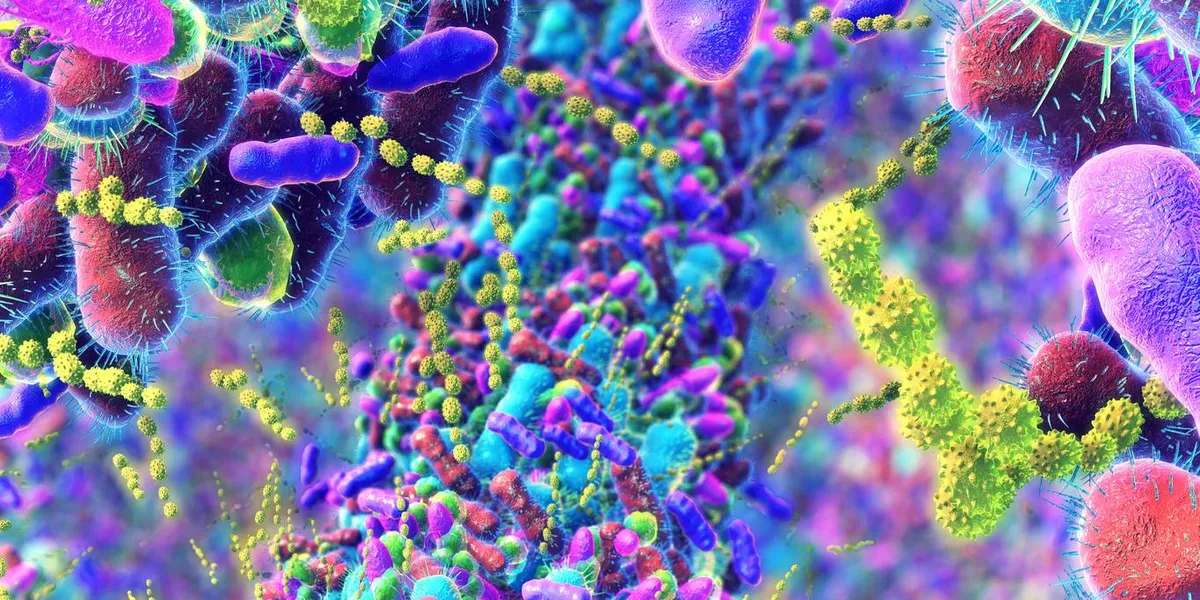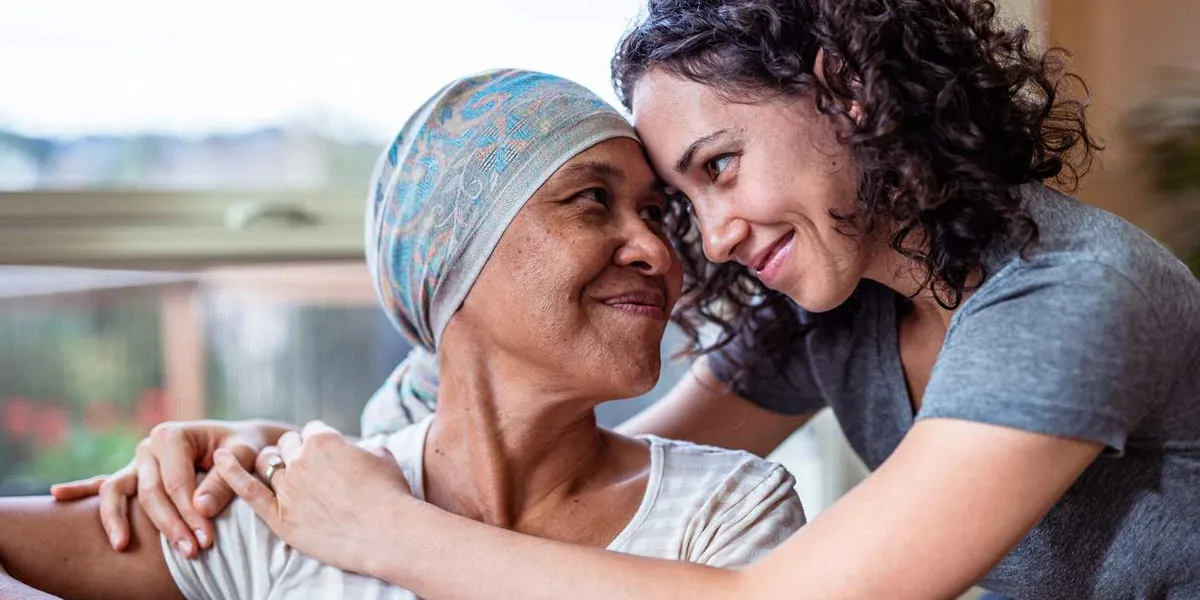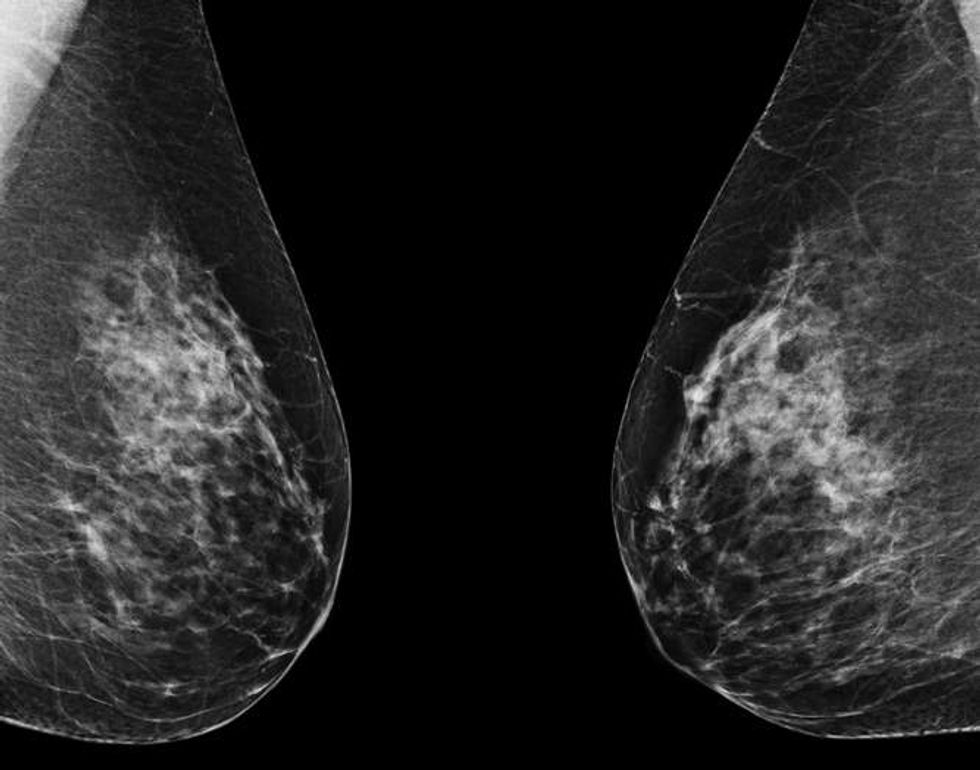Q&A About Urothelial Bladder Cancer Treatment
Urothelial bladder cancer (UBC) is cancer that starts in the cells that line the inside of your bladder. It is the most common type of bladder cancer — and more than 19,000 women get a UBC diagnosis every year.
The good news? Bladder cancer has a five-year survival rate of more than 80% when it’s caught early — and there are many ways to treat it.
HealthyWomen spoke with Claire de la Calle, M.D., a urologist at the Fred Hutch Cancer Center who specializes in bladder cancer, to find out more about treating UBC.
What types of surgery are used to treat UBC?
Usually bladder cancer is first diagnosed with an endoscopic procedure, meaning we put a little camera through the urethra (the hole we pee through) and into the bladder, and an internal biopsy is performed. This surgery is called a transurethral resection of a bladder tumor, or TURBT.
For some bladder cancers, that’s the only step, meaning patients can be cured with that procedure. But many bladder cancer patients are going to require multiple of those surgeries. If their cancer is more advanced, then the patient might opt to have their bladder removed, and that surgery is called a radical cystectomy.
Is the treatment different for non-muscle invasive bladder cancer (NMIBC), when the tumor hasn’t spread to the bladder muscle, and muscle-invasive bladder cancer (MIBC), when it has?
Yes, that’s a great point. We really want to know if the cancer is non-muscle invasive versus muscle invasive, because the clinical pathways are completely different. For non-muscle invasive bladder cancer, we can offer treatments to try to allow the patient to keep their bladder. For muscle-invasive bladder cancer, however, oftentimes the bladder does unfortunately need to be removed.
How does intravesical therapy (putting medicine directly into the bladder) work for UBC?
For patients with low risk, non-muscle invasive bladder cancer, the treatment is that first TURBT, followed by surveillance cystoscopies (basically putting a little camera in the bladder in the clinic). It’s a five-minute procedure, and we do that regularly to confirm that the cancer is not coming back.
For non-muscle invasive bladder cancer ranging from more intermediate all the way to high risk, we have multiple intravesical (meaning “in the bladder”) therapies we can offer. We do this to try to kill any remaining cancer cells in the bladder after that initial TURBT, to prevent the cancer coming back and to try to prevent it from getting worse. So if the cancer does come back, these therapies may keep it from going deeper into the bladder wall.
The most commonly used intravesical therapy is called BCG. BCG is actually a type of immunotherapy, meaning that it primes your own immune system to attack the cancer. It’s a live, attenuated (weakened) version of a bacteria that is used to make the tuberculosis vaccine.
When BCG is put in the bladder, it basically makes the bladder think there’s an infection going on. It leads to a massive immune response that ultimately leads to an anti-cancer response. So your own immune system attacks the bladder cancer cells.
BCG is one of the very first immunotherapies ever used in medicine, and it works really well. Unfortunately, we have a BCG shortage going on right now in the United States— we’re simply not making enough BCG for all the bladder cancer patients. So in the last few years, urologists have had to find other ways to treat bladder cancer.
One of the things we’ve started doing is using intravesical chemotherapy. It’s the same chemotherapy we’ve given to patients through their veins for many, many decades. When given in the bladder, it can help reduce recurrence and the progression of non-muscle invasive bladder cancer.
Can you talk about some of the new advancements in UBC treatment?
Unfortunately, sometimes BCG does not work. For patients with non-muscle invasive bladder cancer that doesn’t respond to BCG, we have many other intravesical therapies. It’s a very active area of research.
There are a lot of trials going on right now, and several drugs that are probably going to get approved soon by the FDA. These include new ways of delivering intravesical chemotherapy.
After treatment, is there a high risk of UBC coming back?
Bladder cancer definitely tends to come back. For low risk NMIBC, recurrence rates are 30%–40%. For intermediate risk the rate is around 55%, and for high risk it’s 60%–70%.
What are some of the drawbacks and side effects of the various treatment options?
Since bladder cancer tends to come back, having to go back to the operating room a lot is a big deal. There’s the risk of repeated exposure to anesthesia, and there can be scarring in the bladder because a little piece of the bladder is removed with every surgery. There can also be blood in the urine and infections after surgery.
With intravesical therapies, the vast majority of patients do experience symptoms such as urgency, frequency and pain with urination. Fortunately, we are able to support most patients through all these side effects so they are able to continue with the treatments.
What do you wish more women understood about bladder cancer?
Unfortunately, women tend to have worse outcomes than men, and this is partly because they often aren’t diagnosed until the cancer has advanced. Many women will have blood in the urine that is assumed to be caused by a urinary tract infection (UTI). They see providers who try over and over again to treat what they think is a UTI until finally someone says, “What if this could be bladder cancer?”
So I wish more people (and providers) knew blood in the urine is never normal. It can be from a UTI, but after treatment of the infection there should be no blood left in the urine. If there is — even if it’s a microscopic amount — then the patient should definitely see a urologist.
This educational resource was created with support from Merck.
From Your Site Articles
Related Articles Around the Web
Source link
Share this article:












